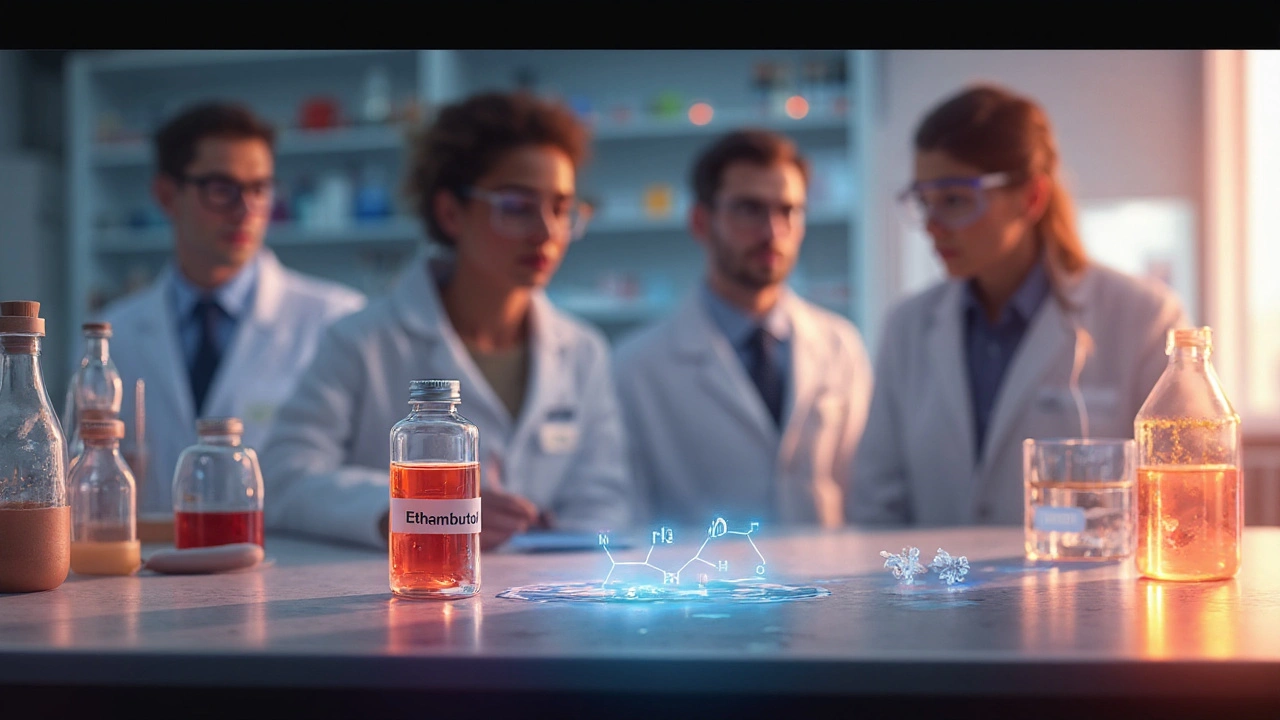MDR-TB: What It Is and How to Manage It
Multi‑drug‑resistant tuberculosis (MDR‑TB) is a form of TB that doesn’t respond to the two strongest antibiotics – isoniazid and rifampin. It spreads when people with untreated or poorly treated TB pass the bacteria to others. Because the usual drugs don’t work, MDR‑TB needs longer, more complex treatment and can be harder on the body.
Recognizing MDR‑TB Symptoms
Most MDR‑TB signs look just like regular TB: a cough that lasts three weeks or more, chest pain, tiredness, fever, night sweats, and weight loss. What sets it apart is that these symptoms keep coming back even after a full course of standard TB medication. If you’ve finished treatment but still feel sick, or if a doctor says your tests are still positive, ask about drug‑resistant testing.
Early warning signs include:
- Persistent cough despite treatment
- Weight loss that doesn’t stop
- Recurring fever or night sweats
- Blood‑tinged sputum
Don’t ignore any of these – catching MDR‑TB early improves outcomes.
Treatment and Care Options
Because the usual meds won’t work, doctors turn to second‑line drugs. These medicines are often more expensive, have stronger side effects, and require a longer treatment period – usually 18–24 months. Common second‑line drugs include fluoroquinolones, injectables like amikacin, and newer agents such as bedaquiline and delamanid.
Sticking to the treatment plan is crucial. Missing doses can cause the bacteria to become even more resistant. Most clinics offer directly observed therapy (DOT), where a health worker watches you take each dose. Some programs now use video‑observed therapy (VOT) so you can check‑in from home.
Side effects are a real concern. Nausea, hearing loss, kidney problems, and depression are reported more often with second‑line drugs. Talk to your doctor about managing them – sometimes adjusting the dose or adding supportive meds can help.
Support doesn’t stop at pills. Nutritional counseling, mental‑health support, and community groups can make a big difference. Staying hydrated, eating protein‑rich foods, and getting enough rest give your body a better chance to fight the infection.
If you’re caring for someone with MDR‑TB, wear a mask when close to them, keep rooms well‑ventilated, and encourage the patient to follow their medication schedule. Regular sputum tests will show whether the bacteria are clearing.
Preventing MDR‑TB starts with completing regular TB treatment the first time around. Public health programs aim to quickly detect drug resistance and start the right medicines right away. Vaccination with BCG can lower the risk of severe TB, though it doesn’t stop MDR‑TB entirely.
In short, MDR‑TB is tougher but not unbeatable. Knowing the signs, getting tested early, and committing to a long‑term treatment plan give you the best shot at recovery. If you think you or a loved one might have drug‑resistant TB, reach out to a health professional now – waiting only makes it harder.
Ethambutol’s Role and How NGOs Shape Tuberculosis Control
Explore Ethambutol’s place in TB therapy and see how NGOs drive effective tuberculosis control, from drug access to community outreach.
